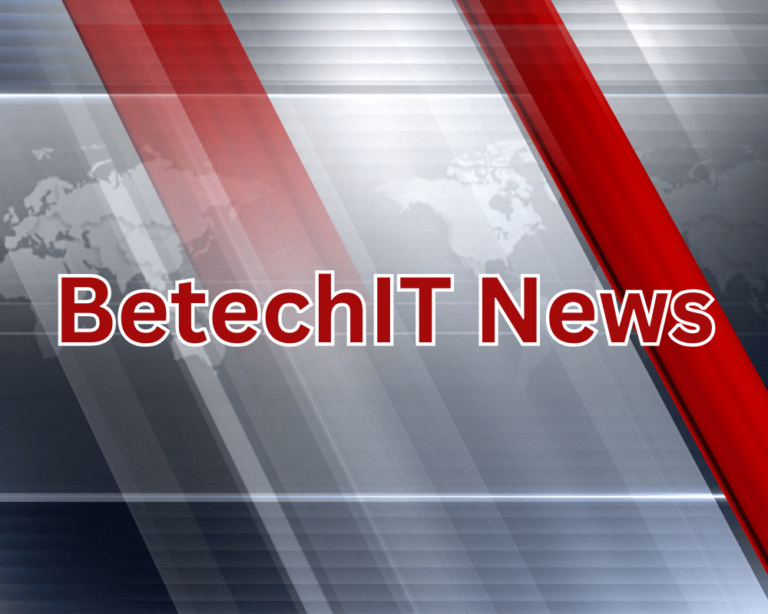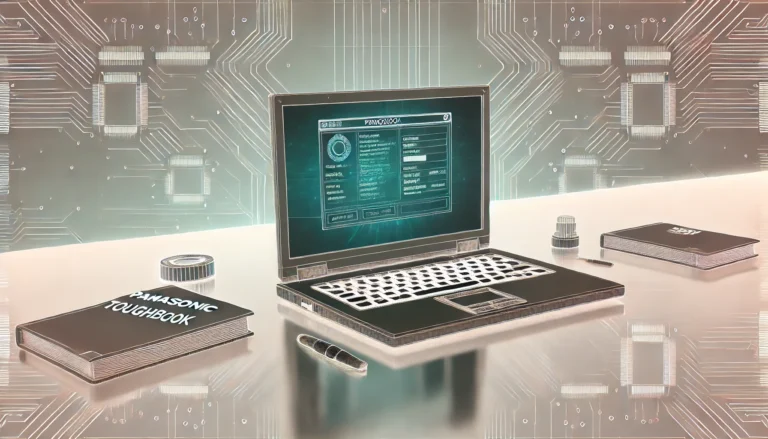
Mass Texting
In today’s fast-paced digital world, communication methods are constantly evolving. Among these, mass texting has emerged as a powerful tool for businesses, organizations, and individuals looking to connect with large audiences efficiently. This article delves into the concept of mass texting, its benefits, best practices, and potential applications across various sectors.
Understanding Mass Texting
Mass Texting, often referred to as bulk SMS, is the process of sending a single text message to multiple recipients simultaneously. This method is commonly used for notifications, marketing campaigns, reminders, and alerts. Unlike traditional texting, where messages are sent one at a time, mass texting allows for quick dissemination of information, making it an ideal choice for urgent communications.
Benefits of Mass Texting
- Instant Communication: One of the primary advantages of mass texting is the speed at which messages can be sent and received. In emergencies, for instance, sending an alert to thousands of people within seconds can save lives and minimize chaos.
- High Open Rates: SMS messages boast a remarkably high open rate, often exceeding 90%. Unlike emails that can be ignored or filtered into spam, text messages are typically read within minutes, ensuring that your message reaches its intended audience.
- Cost-Effective: Compared to traditional marketing channels like print or television, mass texting is often more affordable. Businesses can reach a larger audience without the need for significant investments, making it a cost-effective communication strategy.
- Engagement and Interactivity: Mass texting can foster two-way communication. Recipients can respond to messages, providing valuable feedback and enhancing customer engagement. This interactivity can be particularly useful in surveys or promotional campaigns.
- Targeted Messaging: Modern mass texting services allow users to segment their audience based on various criteria, such as demographics, interests, or past behavior. This means messages can be tailored to specific groups, increasing the likelihood of engagement and positive responses.
Best Practices for Effective Mass Texting
To maximize the benefits of mass texting, it’s essential to follow certain best practices:
- Obtain Consent: Always ensure that you have explicit consent from recipients before sending them text messages. This not only adheres to legal requirements but also builds trust with your audience.
- Craft Clear and Concise Messages: Text messages have a character limit, so it’s crucial to be brief and to the point. Use clear language and avoid jargon to ensure your message is easily understood.
- Timing is Key: Consider the timing of your messages. Sending texts during peak hours or times when your audience is likely to be available can significantly increase engagement rates.
- Include a Call to Action: Encourage recipients to take action by including a clear call to action in your messages. Whether it’s visiting a website, replying to the text, or making a purchase, guiding your audience can enhance effectiveness.
- Monitor and Analyze Results: Utilize analytics tools to track the success of your mass texting campaigns. Analyzing open rates, response rates, and overall engagement can help you refine your approach for future messages.
Applications of Mass Texting
Mass texting can be employed across various sectors, each benefiting uniquely from its capabilities:
- Marketing and Promotions: Businesses can use mass texting to announce sales, promotions, or new product launches. Sending exclusive offers to loyal customers can enhance retention and drive sales.
- Event Notifications: Organizations can inform attendees about event details, changes, or reminders. Mass texting ensures that everyone stays informed and engaged leading up to the event.
- Emergency Alerts: Governments and organizations can use mass texting for emergency notifications, such as natural disasters, severe weather alerts, or public safety announcements. This can be crucial for timely evacuations or safety measures.
- Healthcare Reminders: Medical practices can send appointment reminders, prescription refill alerts, or health tips to patients, improving adherence to treatments and reducing no-shows.
- Education and Schools: Educational institutions can keep parents and students informed about important announcements, schedule changes, or emergencies. This can foster better communication within the school community.
Challenges and Considerations
While mass texting offers numerous benefits, there are challenges to consider:
- Regulatory Compliance: Adhering to laws and regulations regarding SMS marketing is crucial. Understanding opt-in requirements and ensuring compliance can help avoid legal issues.
- Message Fatigue: Sending too many messages can lead to recipients feeling overwhelmed or annoyed. It’s essential to strike a balance and avoid bombarding your audience with texts.
- Data Privacy: Protecting the personal information of recipients is paramount. Implementing robust security measures and transparent data practices can help build trust.
Conclusion
Mass Texting is a transformative communication tool that enables quick and effective connections with large audiences. Its ability to deliver messages instantly, coupled with high engagement rates, makes it an essential strategy for businesses, organizations, and individuals alike. By following best practices and being mindful of challenges, you can harness the power of mass texting to enhance your communication efforts, whether for marketing, emergency notifications, or community engagement. As technology continues to evolve, the potential applications of mass texting will only expand, further solidifying its place in the modern communication landscape.






